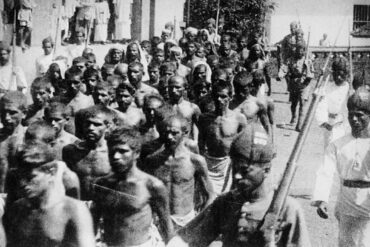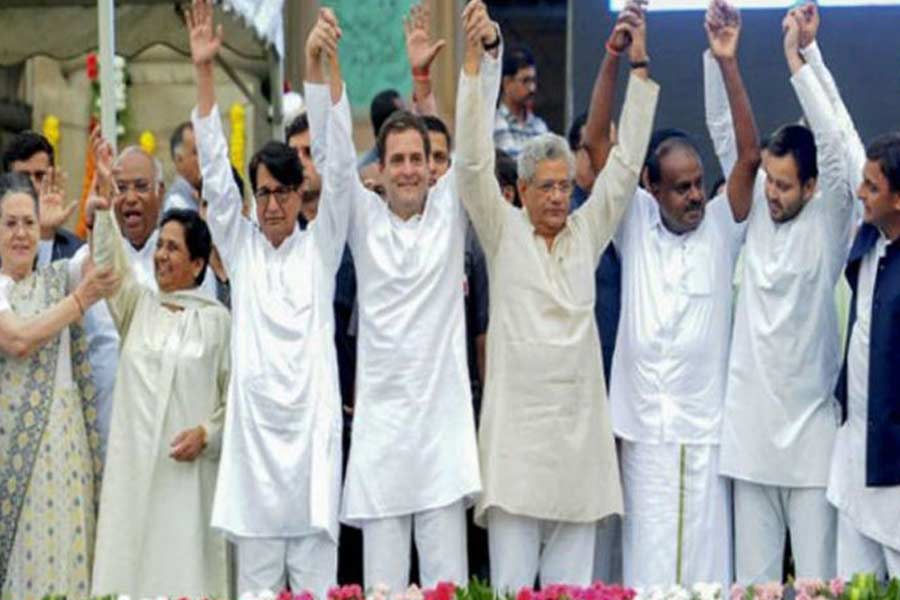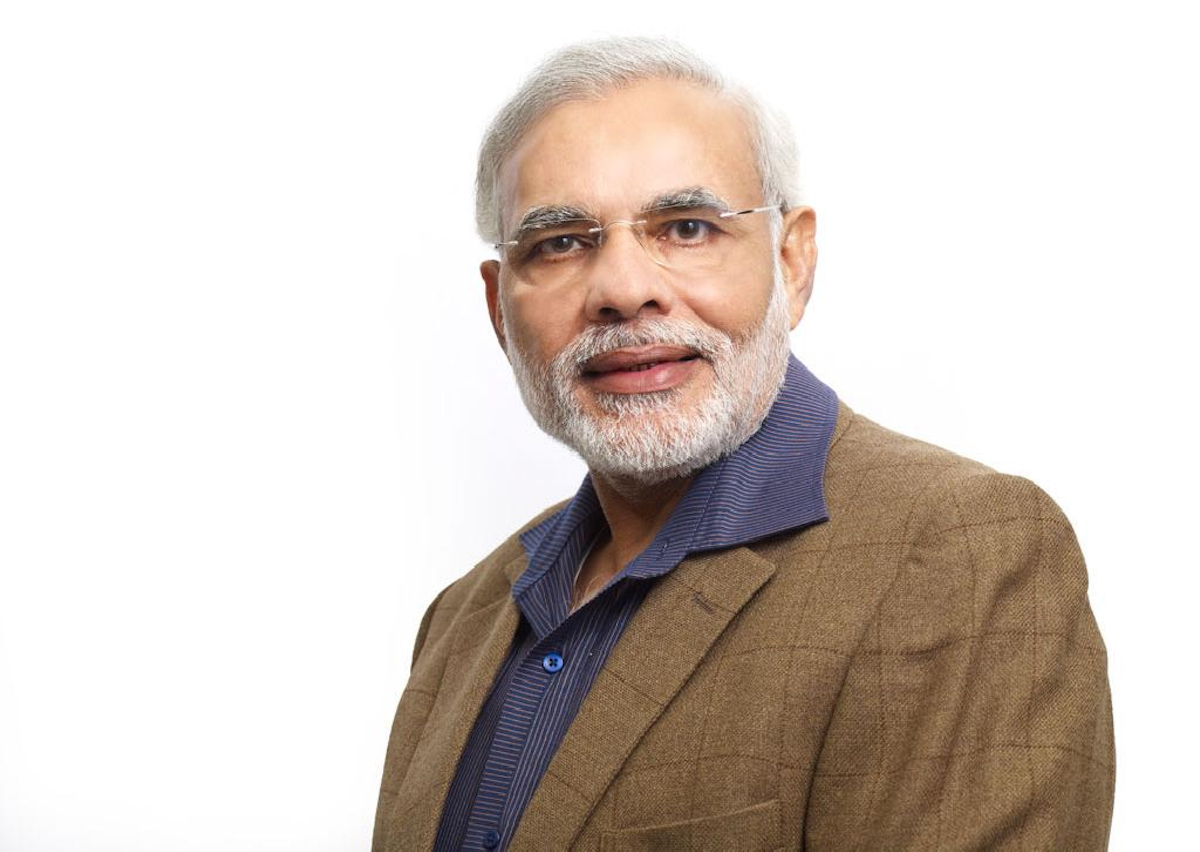What are the real issues confronting the Indian electorate in 2019? Is it national security that needs many more chowkidars? Or is it the economy that needs a Dr Fixit? Many also argue that 2019 is when Indian democracy will undergo its most defining stress test. There are others, however, who think there is a ‘New majoritarian India’ that is just wanting to burst forward and finally shed all the old Nehruvian skin of dynasty and socialist economic planning residue. But if you are following developments from the bottom up of the news heap rather than top down from headlines beaming out of television channels, a very different picture seems to be emerging.
As the world’s biggest festival of democracy unravels, India in 2019 is increasingly smelling and tasting like the political flavours of 1999. In that year, the BJP won 182 seats and its regional allies brought in another 88 seats for the National Democratic Alliance to offer a coalition government under Prime Minister Atal Bihari Vajpayee. The Congress won 114 seats, its allies 21. Back then, riding on the Kargil war, the Bharatiya Janata Party had made national security its election plank, but failed to improve its seat tally from the previous election. The sanctions following the 1998 Pokhran test and the 1997 Asian financial crisis had left the Indian economy badly bruised, unemployment and inflation had spiked and government coffers were drying up faster than expected. Still, Vajpayee returned to power and ruled a full five-year term, largely because he yielded much of the political space to regional allies.
Cut to 2019, regional parties and a clutch of smaller formations are not only back with a bang but fully aware that they will decide the fate of the next government. The whole (national party) will be less than the sum of its parts (regional groupings). And as India looks more federal than ever, verdict 2019 will definitely be about how the tail will wag the dog.
So what was verdict 2014 all about?
By most accounts the verdict of 2014 did give the impression that it was for a strong leader, a strong centre and a party with a big national footprint. But, even as Prime Minister Narendra Modi and his party scored a landslide victory, the regional parties actually lost only a couple of big battles but not the war. On closer examination, it is clear that with the exception of what now appears to be a transitory decimation of Akhilesh Yadav’s Samajwadi Party and Mayawati’s Bahujan Samaj Party in Uttar Pradesh, the BJP’s big gains came mostly at the expense of the Congress party.
In fact, the combined tally of the two national parties (BJP + Congress) was 326, which was but a modest bump from the average of 304 of the preceding five elections since 1996 ̶ the year that ushered in coalition politics in India. The combined vote share of the two national parties, moreover, has since then (form 1996 onwards) been essentially range bound to being around 50%. In other words, the regional parties have not lost either their vote share, nor have they been substantially dented from their electoral capacity thus far.
So, in several ways, it would be quite correct to say that the 2014 verdict did not decisively bury regional resilience. Rather, it appears that the strong leader and his strong party simply placed a deceptive magician’s cloak over a political terrain that remained sliced and diced up by a range of regional players.
No surprise, therefore, that 2019 gives all the feel of the magician’s cloak simply being lifted to only reveal what was simply temporarily hidden. Most poll estimates, unsurprisingly, therefore are now veering to the belief that the combined tally of BJP and Congress will hover around 300 seats, while that of the regional parties will be close to 250, if not more. It is also evident that the BJP is staring at a big drop in its seat tally from Uttar Pradesh, while the Congress is back in the game in states like Madhya Pradesh, Rajasthan, Maharashtra and Punjab. The Congress is also set to gain significantly in Karnataka. In other words, should the Congress succeed in notching up a three-digit seat tally, BJP could well slip below 200. That is, Congress’ gains would mostly come at BJP’s expense.
If the Centre cannot hold, can the Regional step in?
The absence of a 2014 –like wave and given the growing disillusionment over the government’s handling of the economy, it remains an uphill task for the BJP to return to power on its own, or even with its existing set of allies. Winning new friends, however, has not been Prime Minister Modi’s strength. On the other hand, his obsessive centralism and belief in being a strong man might have further stoked regional sentiment. Clearly, Modi will not be the man of the match if more regional parties and smaller formations have to be added to the broth for cooking up the next government.
Put differently, what is most likely to begin to unfold post the 2019 verdict is that the two larger national parties will have to become more regionalised. Their spheres of dominant influence, in other words, will be confined to or hemmed in within seven to eight states, mostly in the north and the west. If one leaves out Kerala, the Congress’s influence is also limited to the same states as the BJP. It is important to note that in every second state that the BJP is in power today, it needs the support of a local ally. This state of play is unlikely to change soon. The national, in other words, will have to learn to act regional.
On the other hand, the regional parties will now increasingly be under pressure to develop a national perspective – a perspective that will essentially require them to recalibrate centre-state relations to accommodate different regional pushes and pulls without the Centre falling apart. Despite their increasing influence in the electoral space, the regional parties thus far have remained peripheral contributors to the national narrative. More importantly, most institutions that could work to manage and balance regional pressures have been gutted by the increased centralisation of the Prime Minister’s Office. The first act of the next government, in fact, should be the disbanding of the NITI Aayog, lock, stock and barrel. And instead, either working to revive the erstwhile Planning Commission or instituting a comparable organisation that can once again revive and restore a meaningful dialogue between the centre and states.
It remains to be seen how regional the new centre will be and how national the regional can become.







